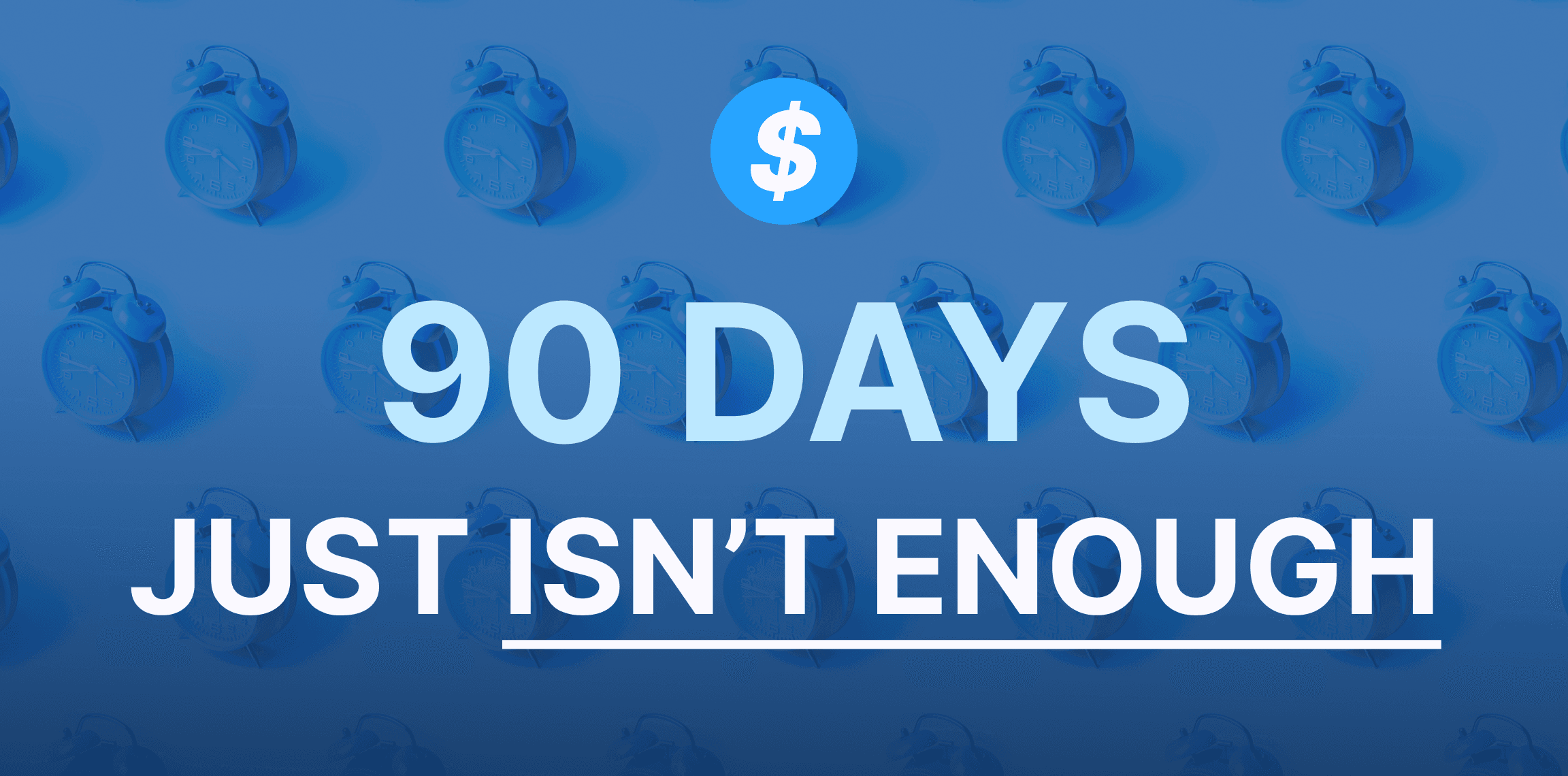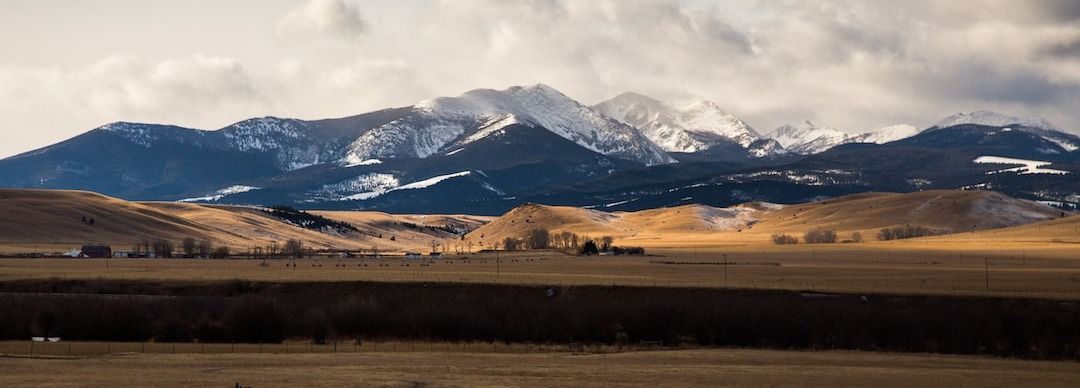Think you can complete your BEAD application in 90 days? Think again.
January 18, 2024
If you're waiting for your state's application, you'll be too late.

The Biden administration is going to work “in deep partnership" with states, territories' and local governments across the country to construct broadband plans for the $42.5 billion in broadband infrastructure funding "in a radically transparent way,” promised Evan Feinman, the National Telecommunications and Information Administration's Broadband Equity, Access, and Deployment Program director.
Feinman urged ISPs to stay in constant contact with their state broadband directors and the NTIA so that they could work closely to achieve the goals of the Infrastructure Investment and Jobs Act's BEAD program.
“Please, please, please take advantage of the opportunities to get this dialogue with your state broadband office and with your NTIA Program Officer,” Feinman told a ballroom-sized audience of rural telephone companies and ISPs attending the NTCA Fall conference in San Francisco on Monday morning. “We have to hear from you to know what we're doing right and wrong. And don't be shy about sharing. We need to hear from you. We're going to be standing up a lot of different public meetings, really soliciting input a lot of different times in ways."
Feinman also said that the NTIA is going to be creating state level broadband coalitions “in every single state of the union.” “And when that opportunity comes, please join that coalition. Lend your voice to this to this group, this chorus that is calling out for state support and local electoral support to make sure that we get this project done. Simple availability of funds on the NTIA level will not ensure program success. We have to see a whole society ever to make this happen. And you all are critical partners.”
Feinman said that the NTIA has all of its regional directors in place and that it has hired three quarters of its state directors.
“So every single community here, every single person sitting in this room is going to hear from their state broadband office and my staff person in your state. Or you don't, let me know right now, and I'll get right on that. But that's critically necessary. What we have to do to get this right is literally go down to the grassroots level. My team is going to …[go to] every project that's proposed and go to every single county in which there's a project to be constructed across the entire country, all 50 states and six territories. We're gonna throw that map up on an easel, and we're gonna invite the citizens to come and say: “Y'all, this is what we're building. Does this get this done for you?”"
He added: “Every single state must have a plan that persuasively argues that it is reaching universal coverage. They must, in the context of that, have engaged all of these new stakeholders, not just once, not just a notice and comment – even if a state has the best notice and comment period in the history of humanity, that's an ‘F Minus’ and they get $0. There must be ongoing continuous collaboration with the folks in this room with community leaders to make sure that we're getting the job done.”
He added that the NTIA is still receiving a lot of questions about the BEAD program, such as the need to prove that grant applicants' have the financial wherewithal to complete projects, for example, and how the NTIA will coordinate funding with other broadband programs from other parts of the administration. He said that the NTIA is working hard to address these questions.
Feinman made the remarks on Monday morning during a discussion with NTCA's Executive Vice President postgres Romano and the Federal Communication Commission's Wireline Competition Bureau Chief Trent Harkrader.
Feinman added during the discussion: “You know, it's a significant undertaking, and that's why we're gonna get all the way down to that community level, that community meeting that I described --down to a couple of locations on a piece of poster board. You know, that's, that's the level of granularity we're gonna have to reach. If we're gonna get internet for every single American.”
The panelists also discussed the FCC's mapping efforts. NTCA's CEO Shirley Bloomfield alluded to some of the frustrations providers are experiencing with the process earlier on in the morning during a speech in which she referenced providers who were seeing things like boulders being referenced in the FCC's Fabric map as “broadband serviceable locations.”
Congress has charged the FCC with creating more accurate, accountable broadband maps that can be verified by parties other than the current self-reporting process from ISPs. The first version is due to be published sometime in November. The NTIA needs these maps in order to allocate BEAD funding.
The panelists acknowledged that the FCC's Fabric map is an iterative project. Giving a sense of scale of information gathering effort, Harkrader said that the NTIA used its outreach specialists to contact more than 3,000 providers to get them to file the required information with the FCC on time.
Feinman, for his part, said that the NTIA is going to wait until the FCC's map's quality improves before the agency makes any allocations. The ultimate decision on when to start allocating money will be up to his boss, NTIA Administrator Alan Davidson.

January 18, 2024
If you're waiting for your state's application, you'll be too late.

January 09, 2024
The big sky state joins a small list of eligible entities that have kicked off their broadband challenge process.